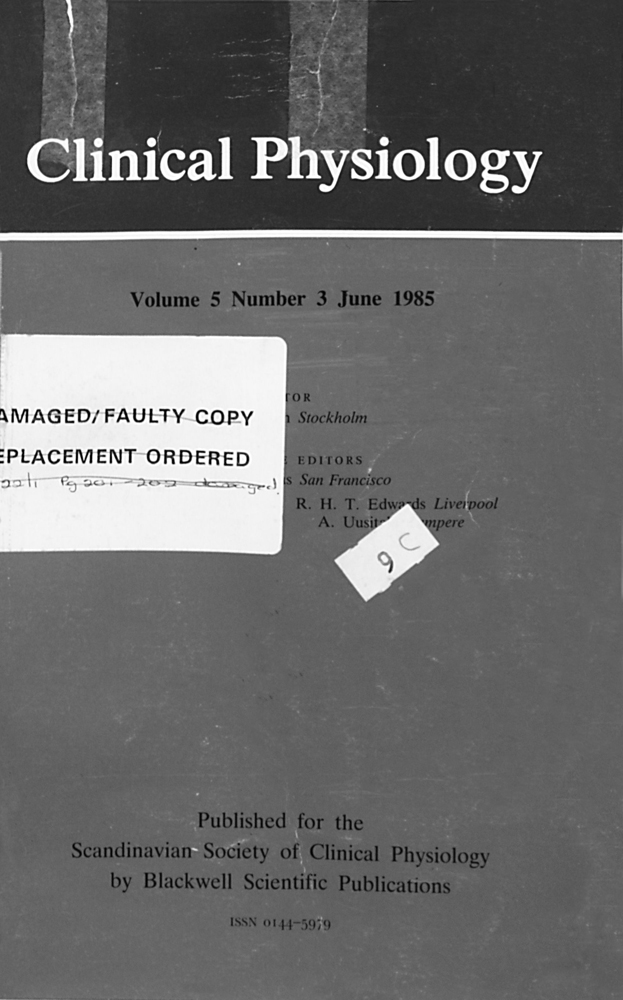Correlation between fluorescein flowmetry, 133Xenon clearance and electromagnetic flow measurement: a study in the intestine of the pig
Summary
The purpose of the present study was to compare fluorescein flowmetry as a technique for measuring changes in intestine blood flow with electromagnetic blood flowmetry and the 133Xenon clearance technique. In eight anaesthetized pigs the blood flow in the superior mesenteric artery was reduced to 20–75% of basal flow as defined by electromagnetic flowmetry. The change in blood flow as calculated by fluorescein flowmetry correlated well with that obtained by electromagnetic blood flowmetry (correlation coefficient 0·86) and 133Xenon clearance technique (correlation coefficient 0·94). These findings indicate that fluorescein flowmetry can be considered a quantitative method for measurements of a relative blood flow.




